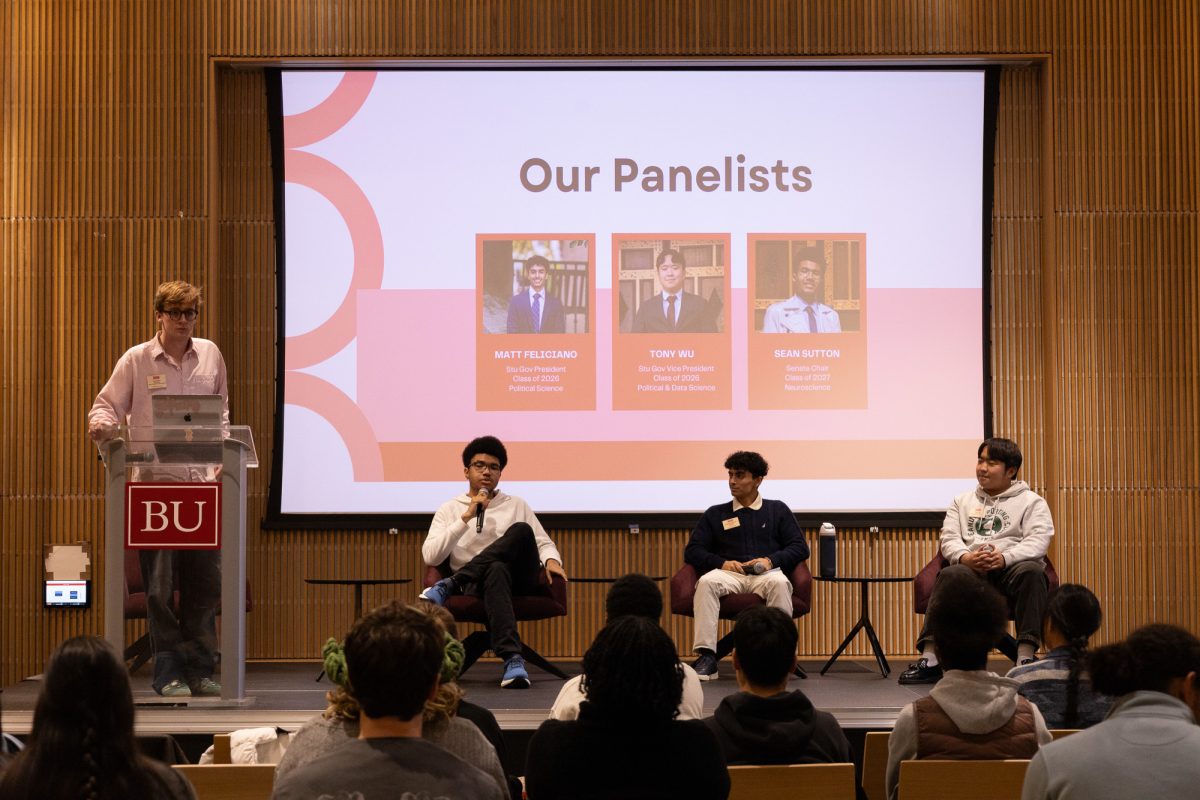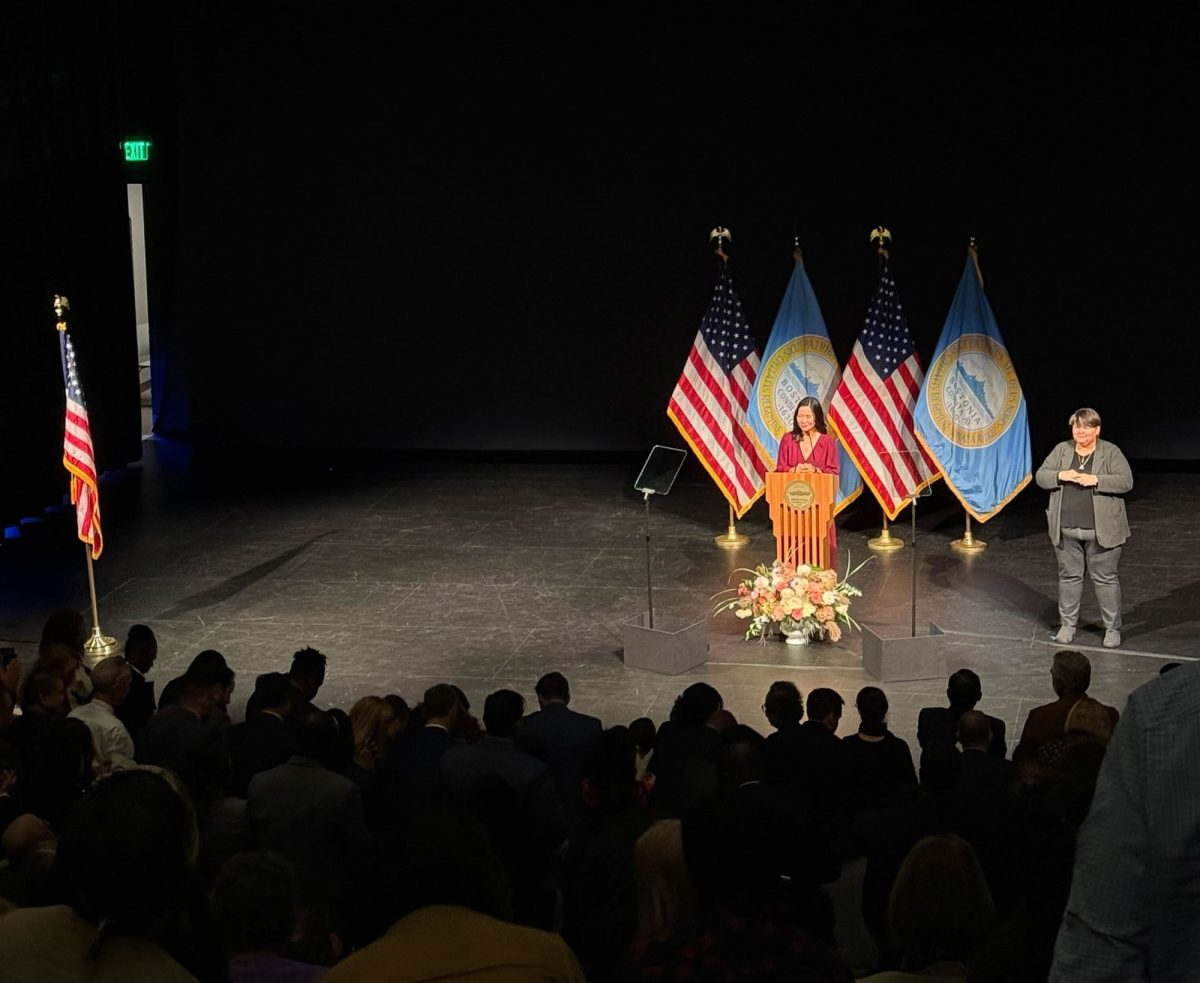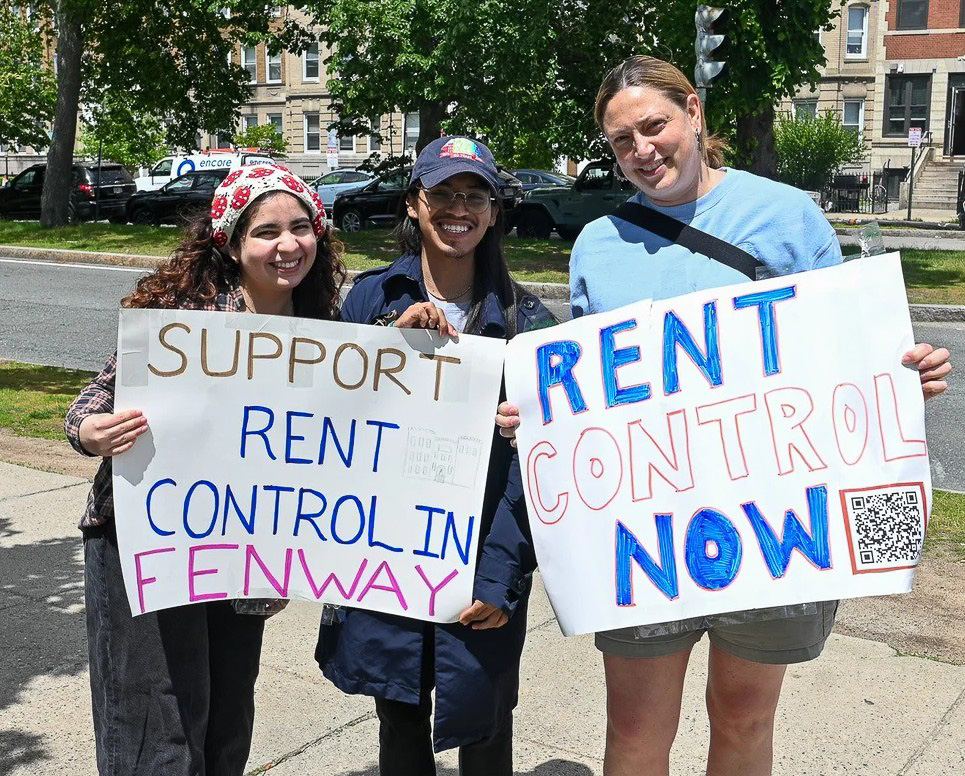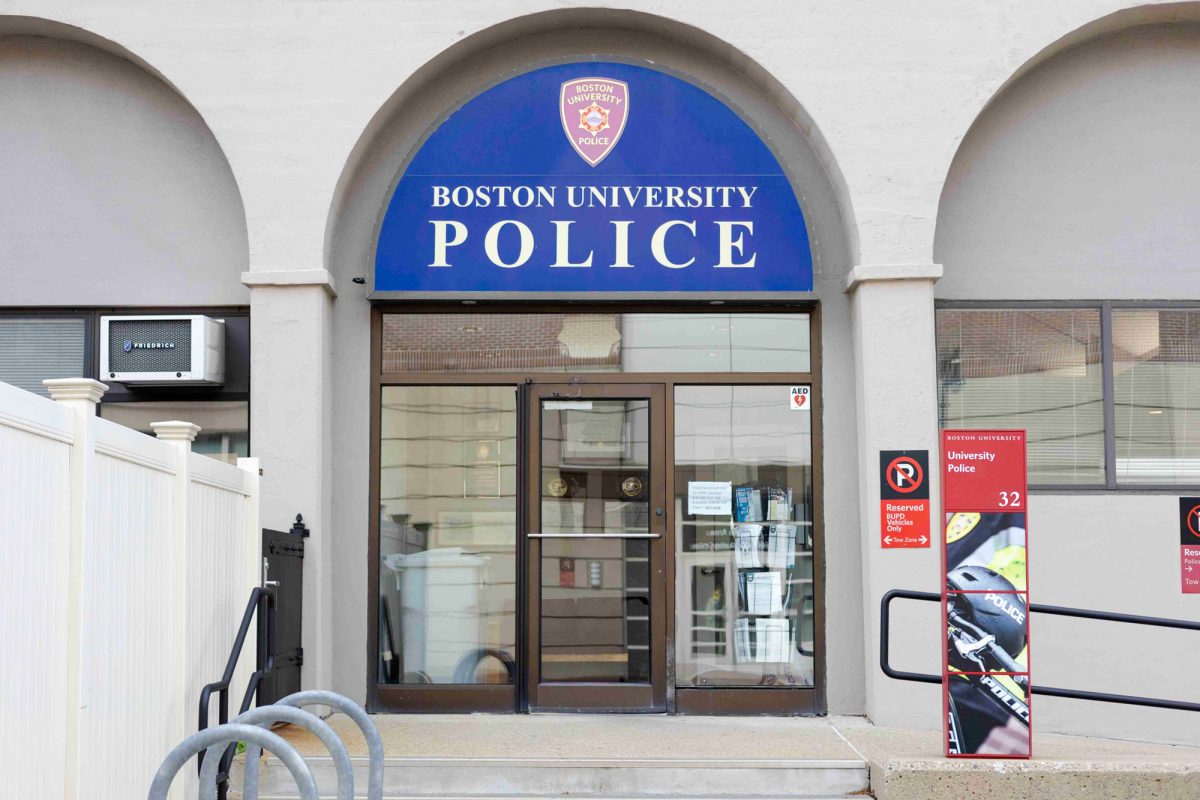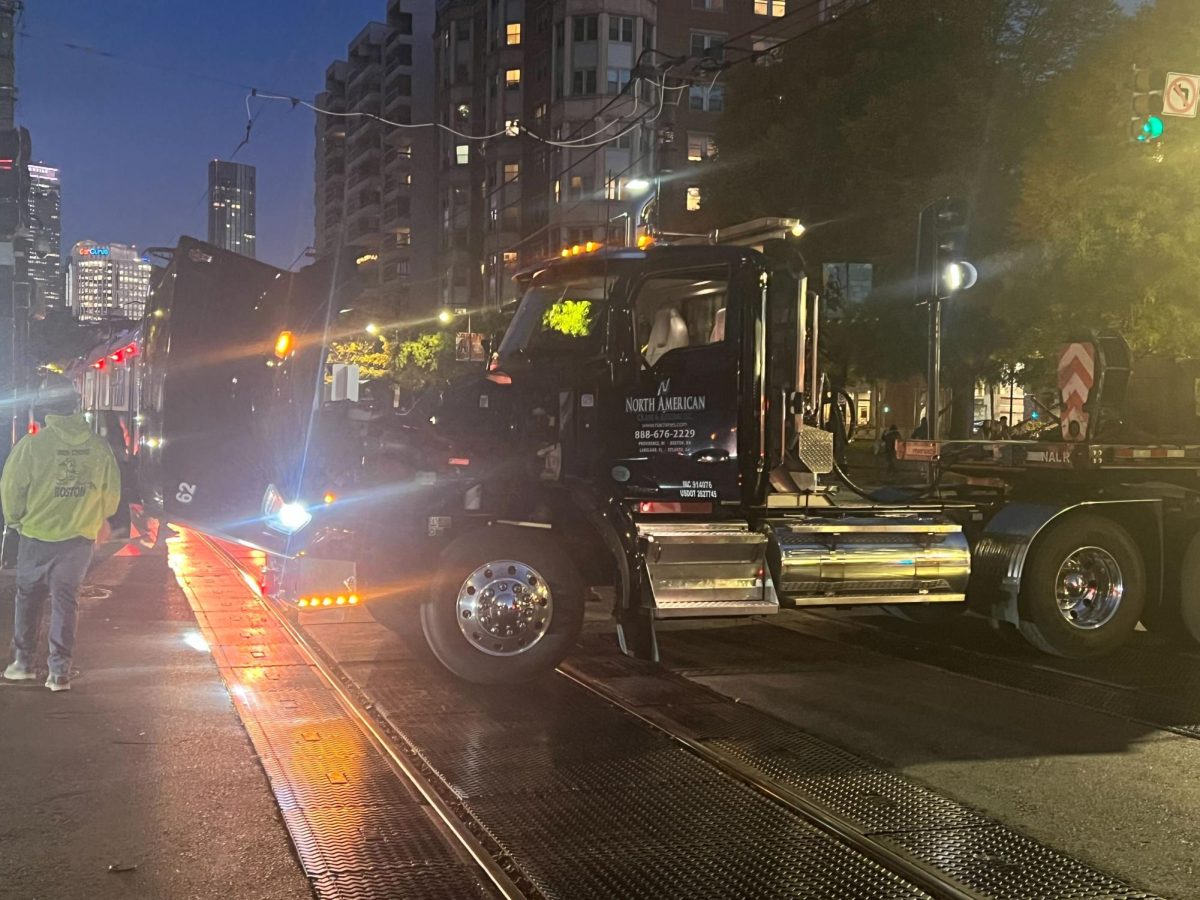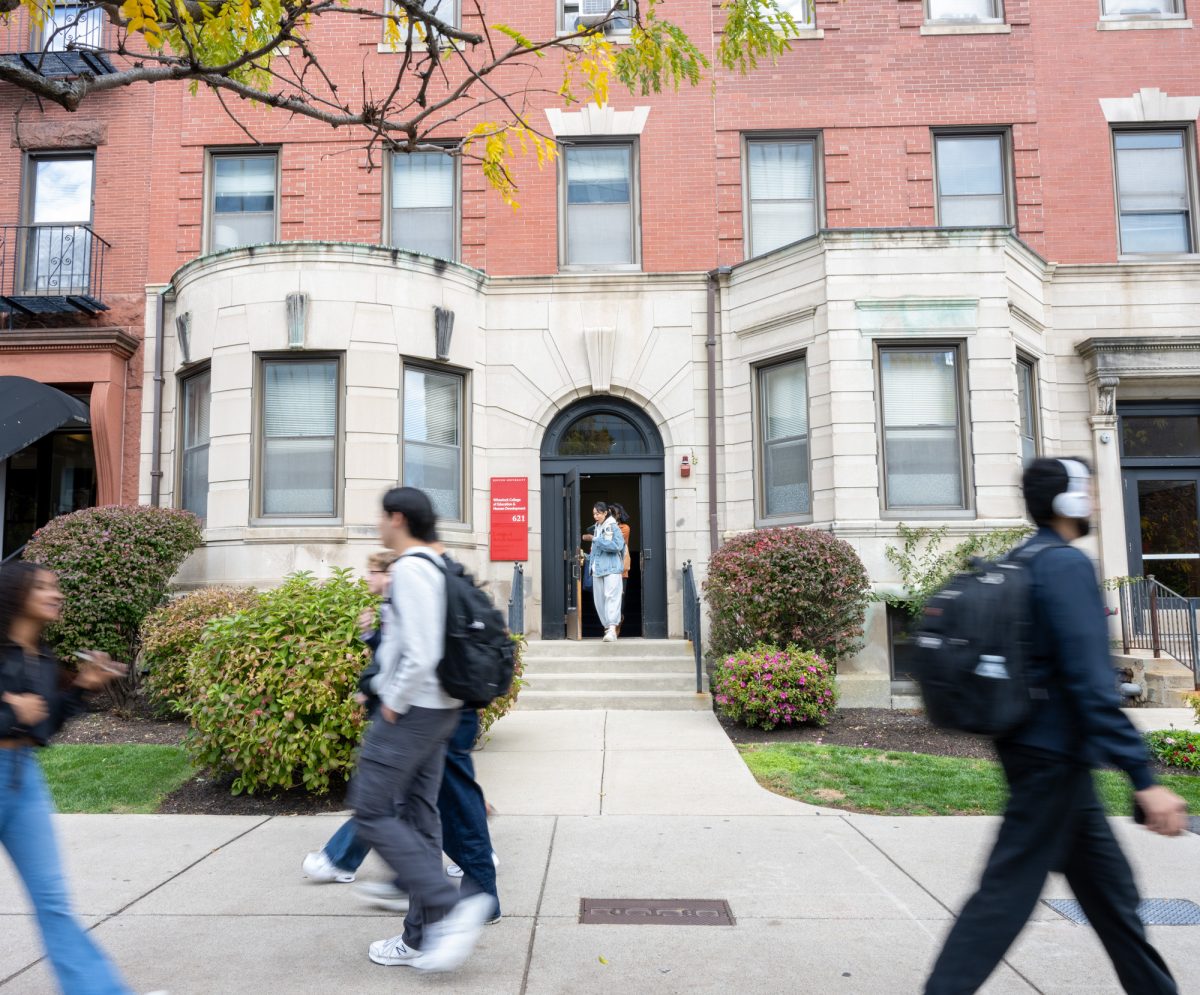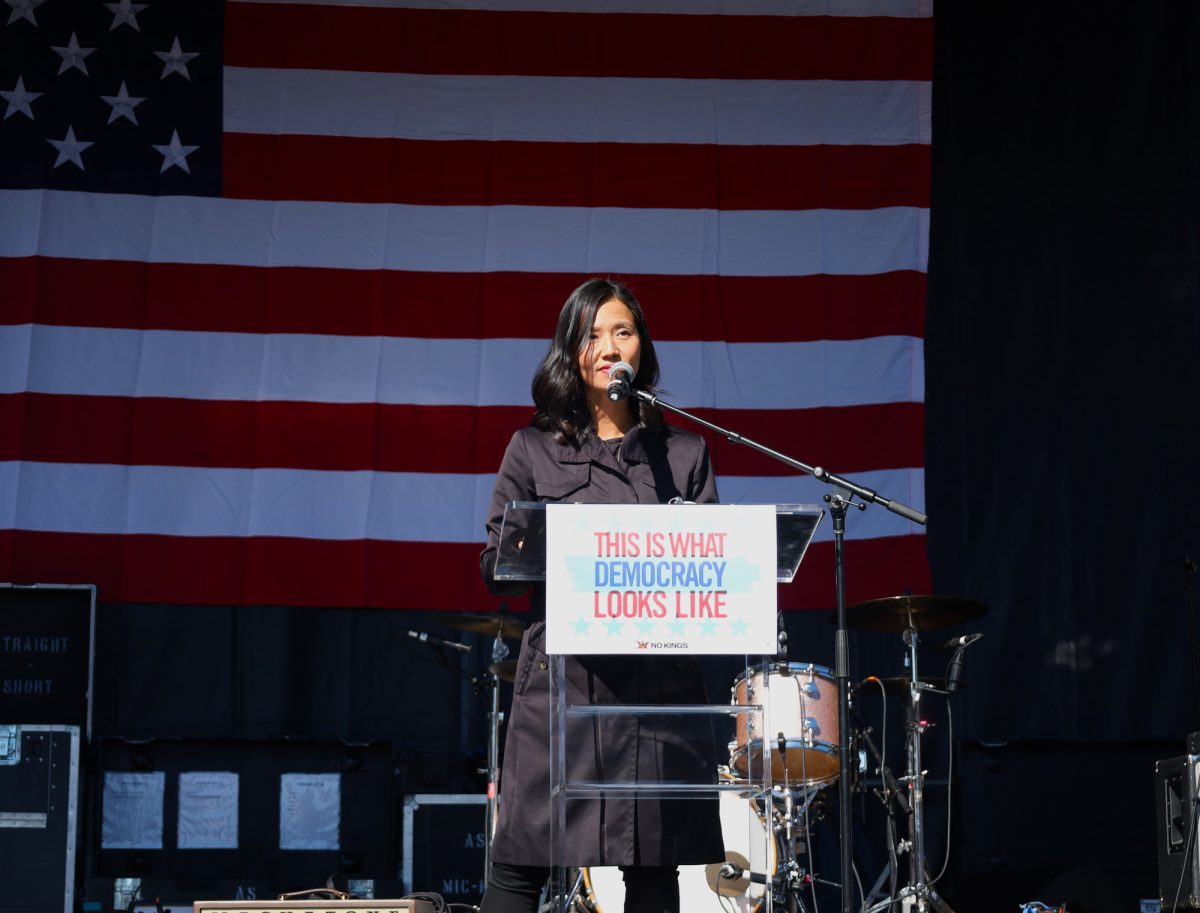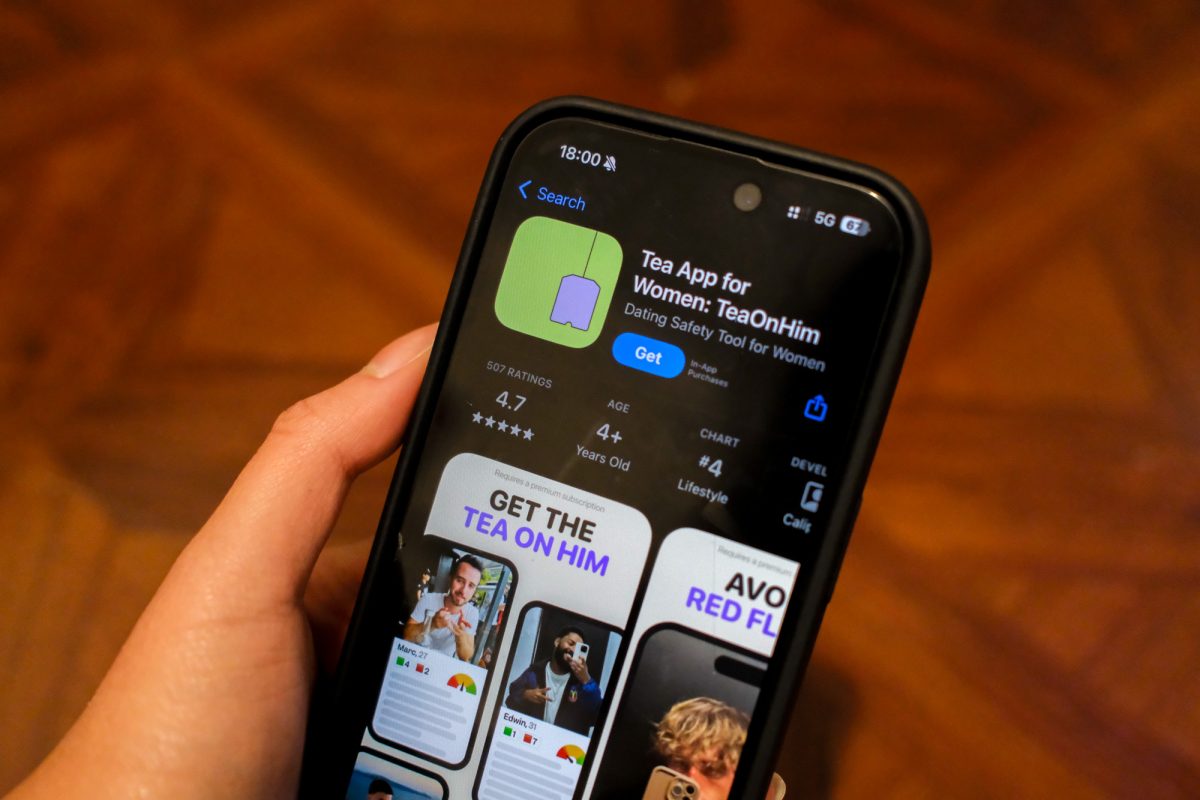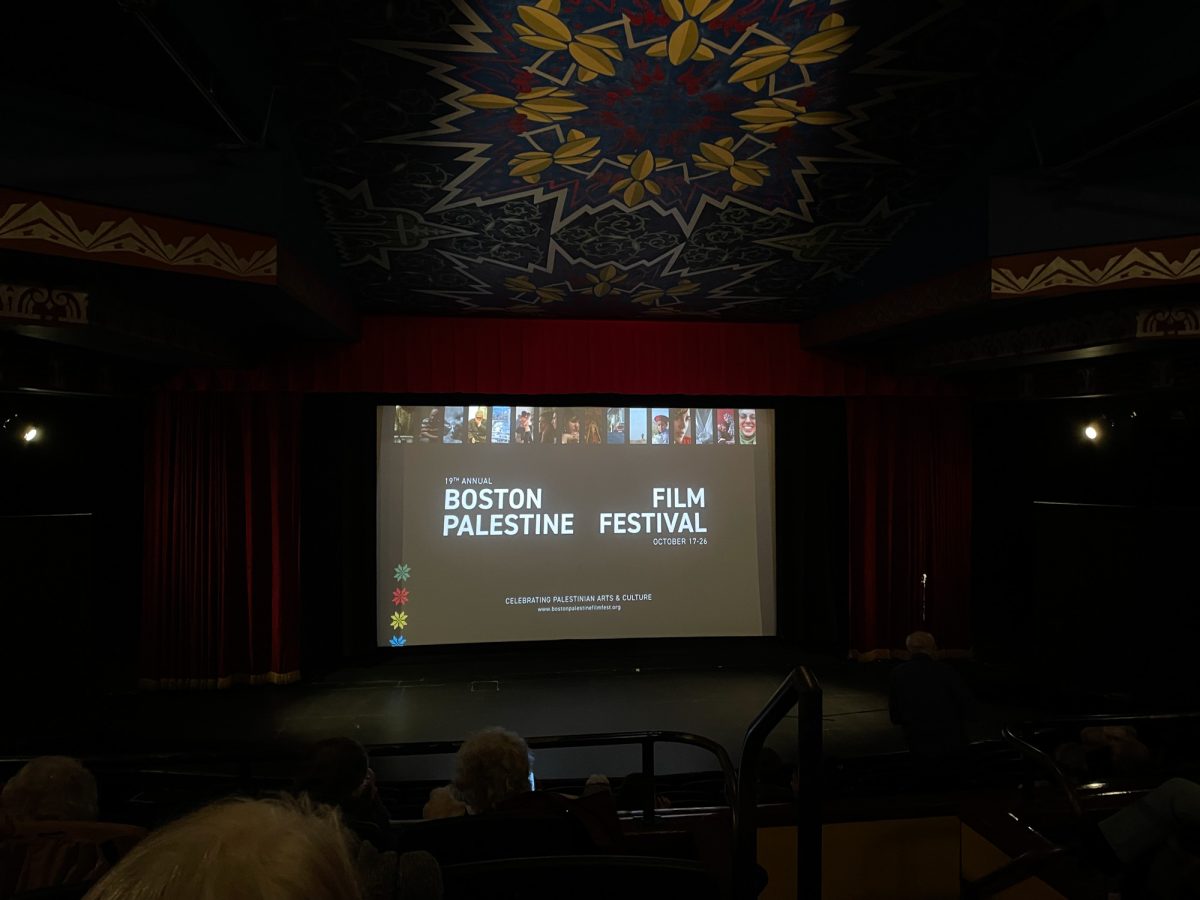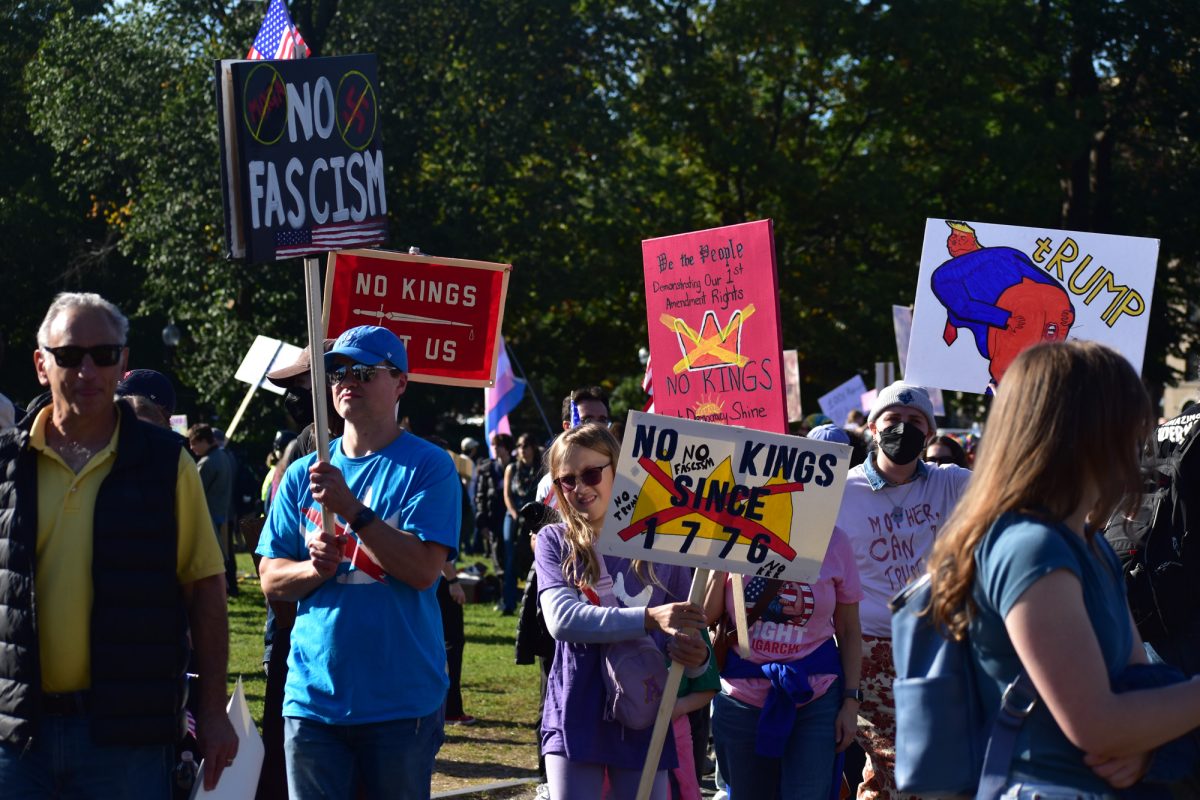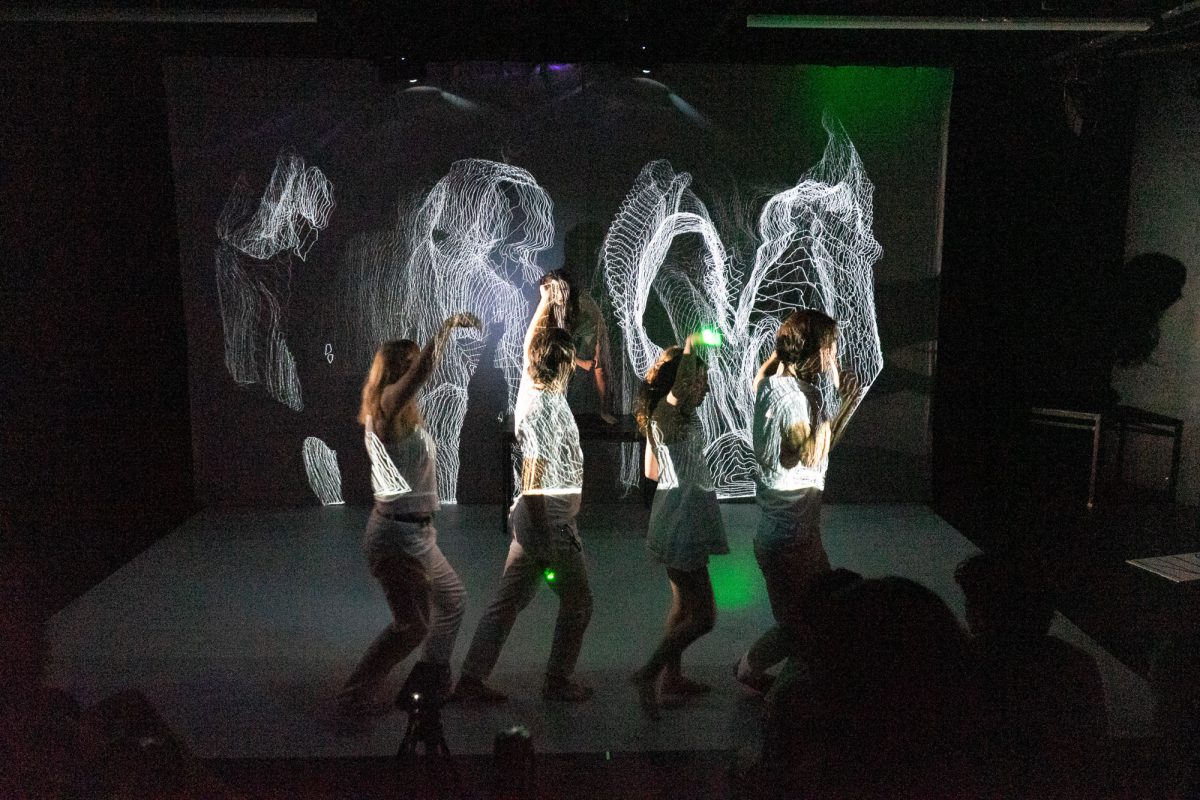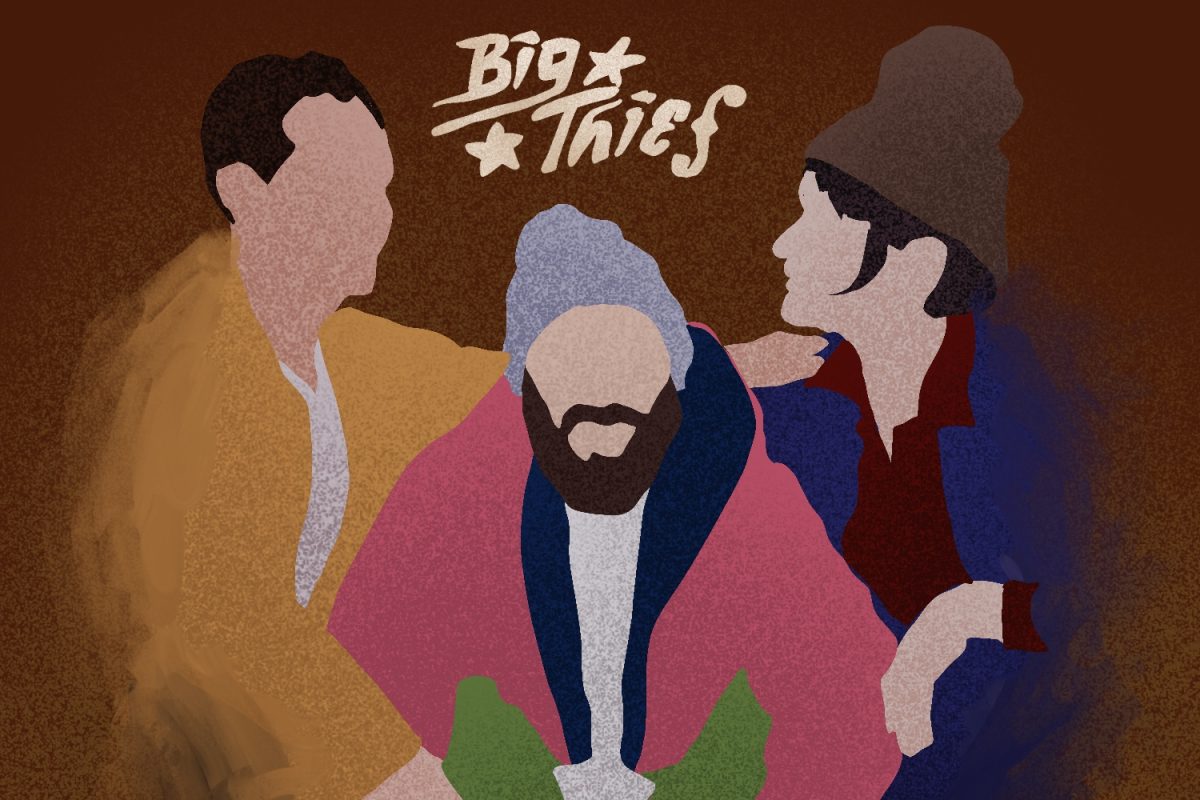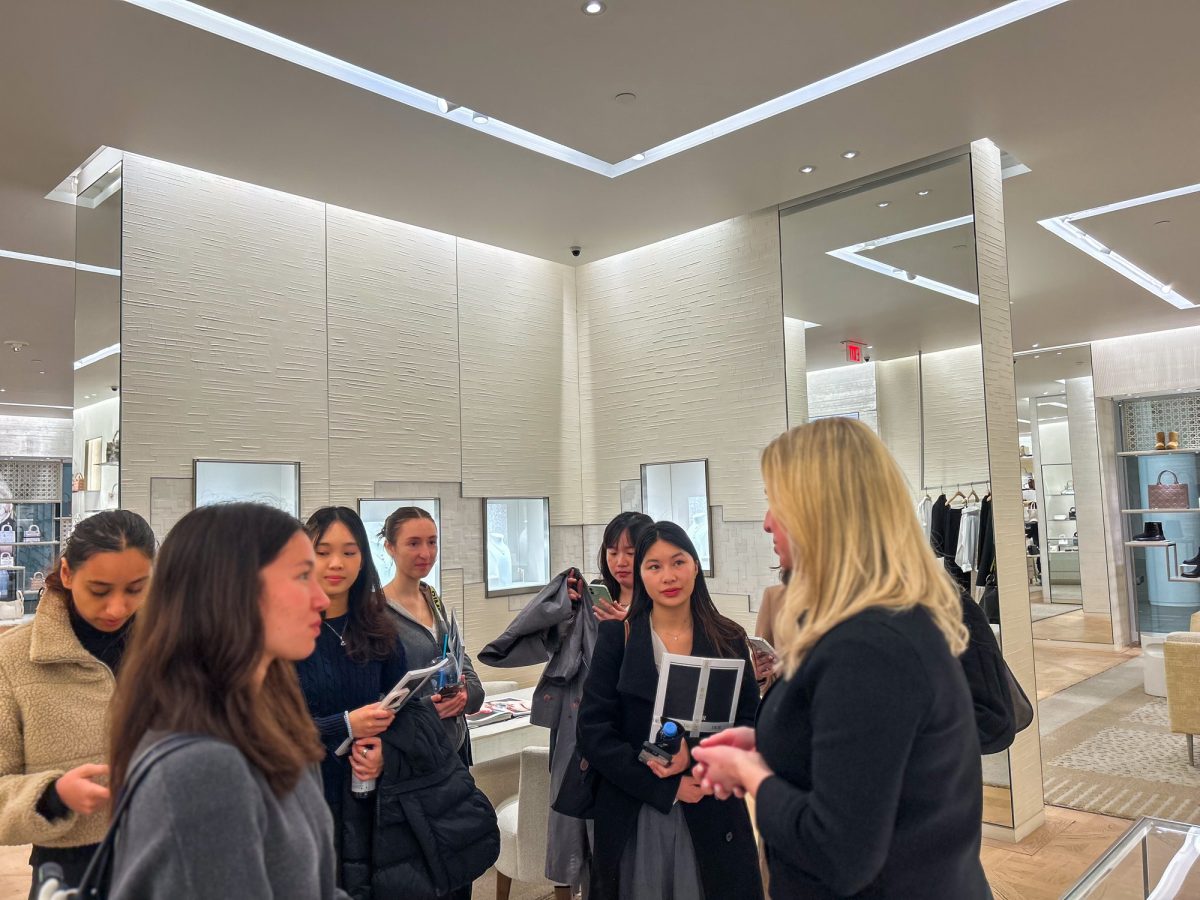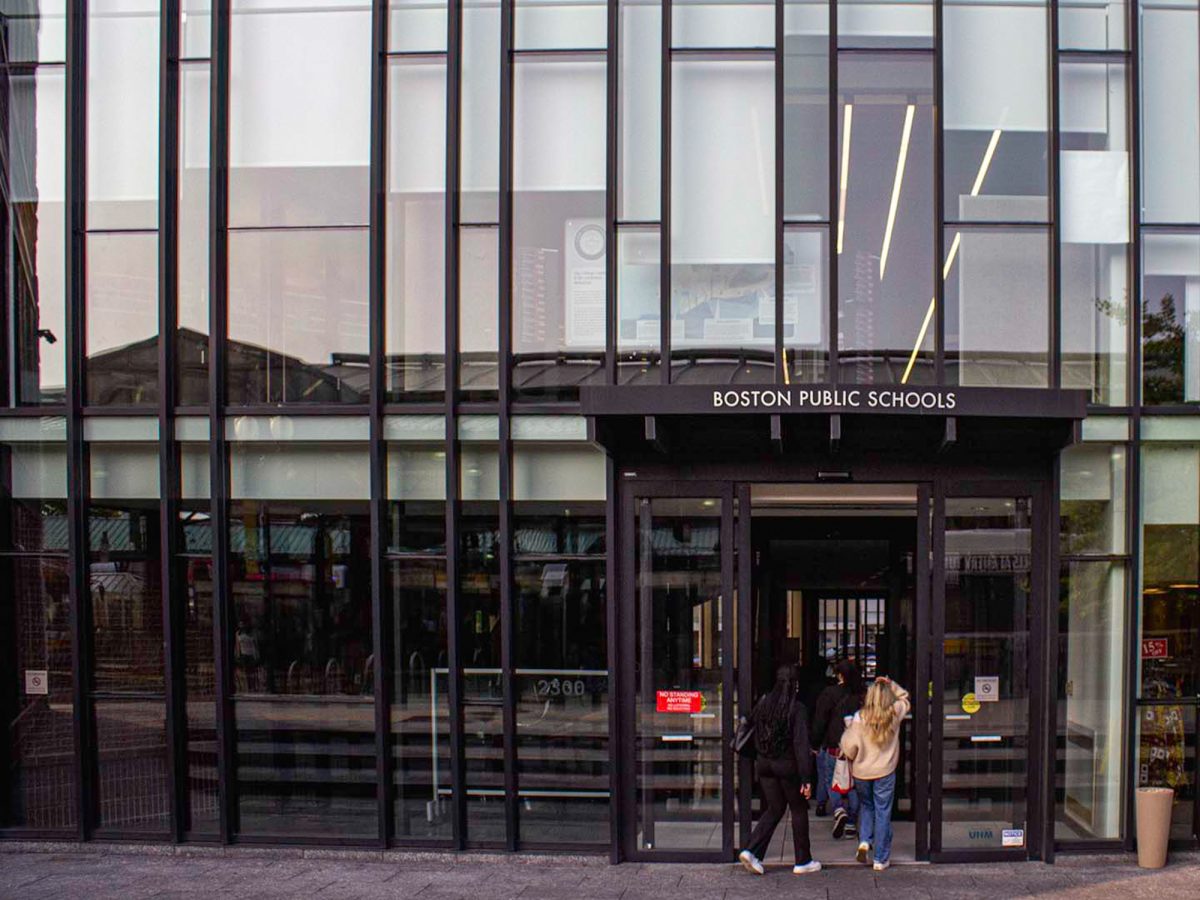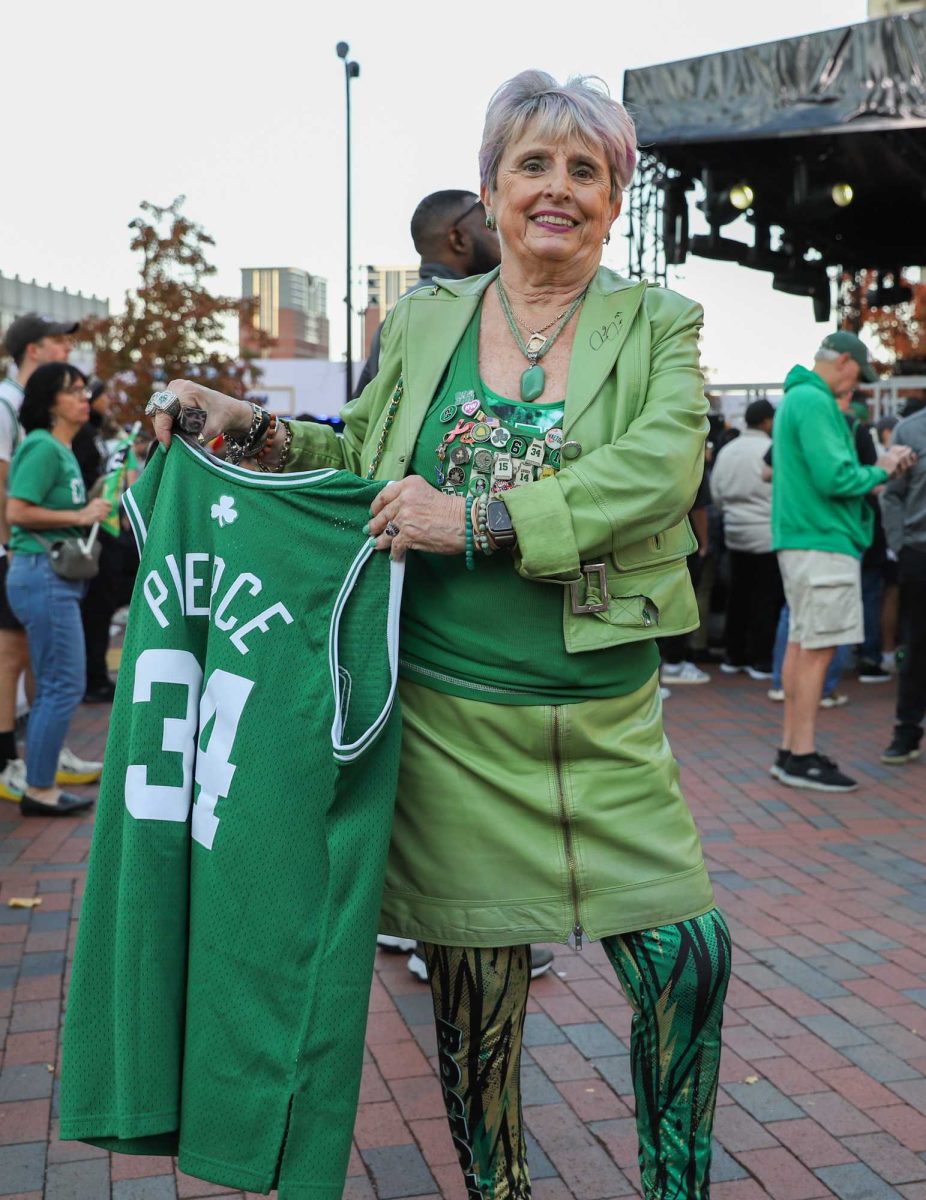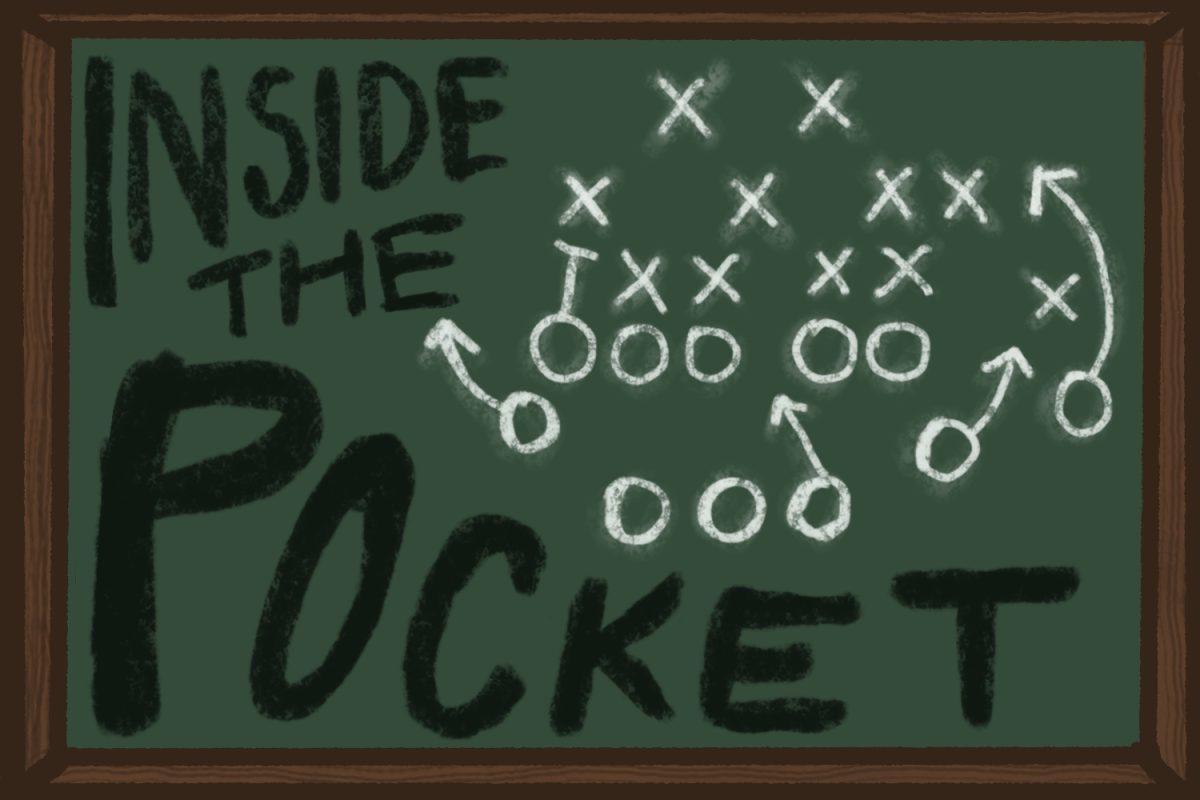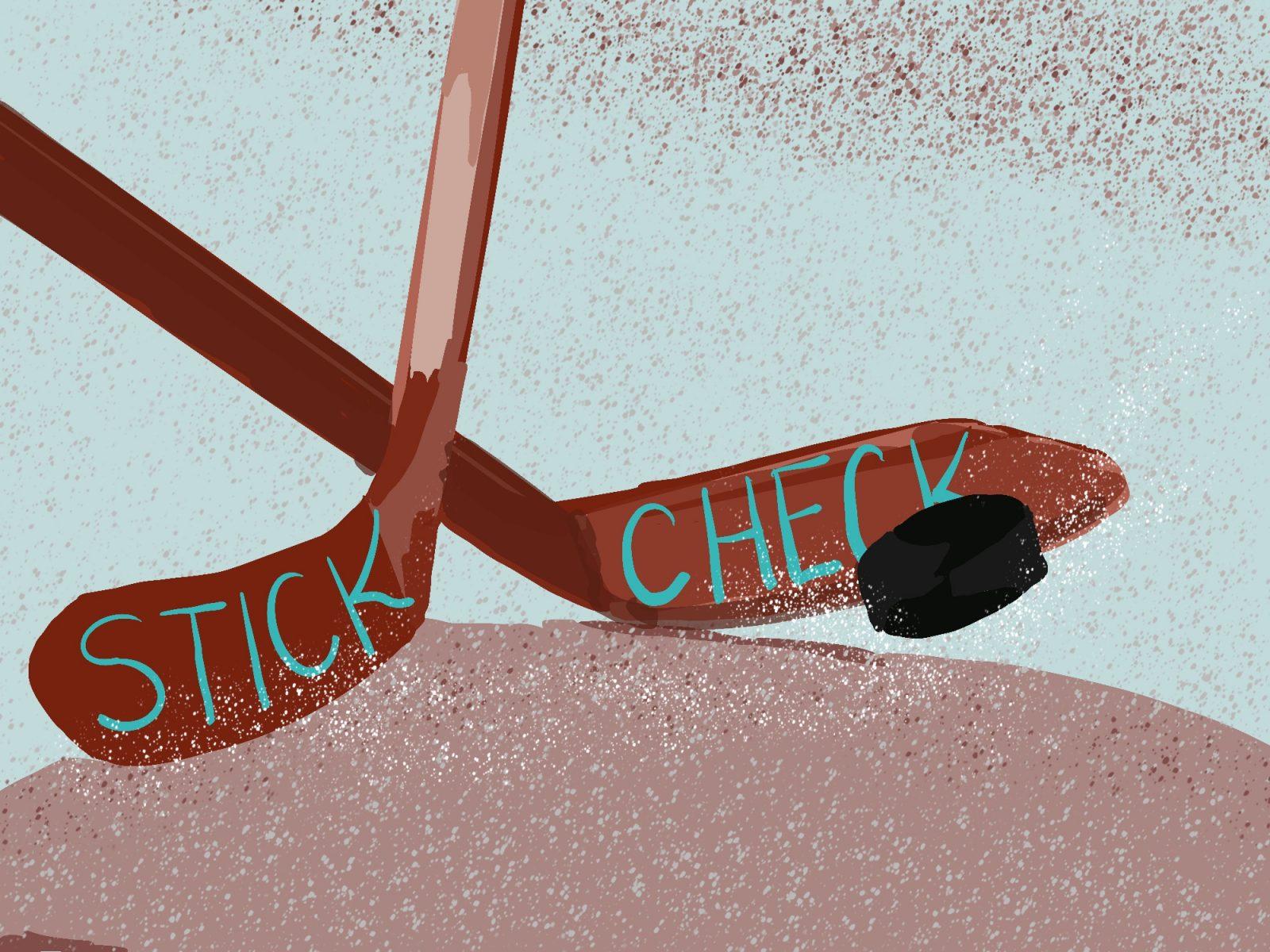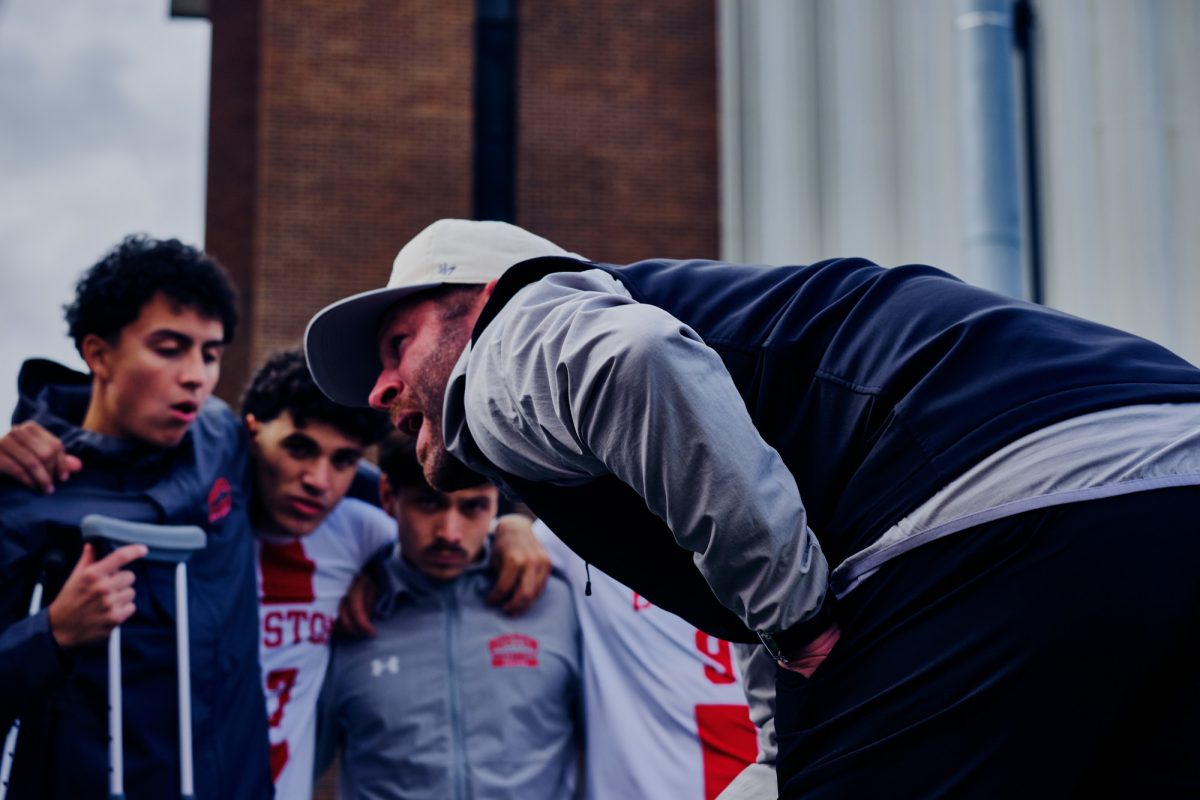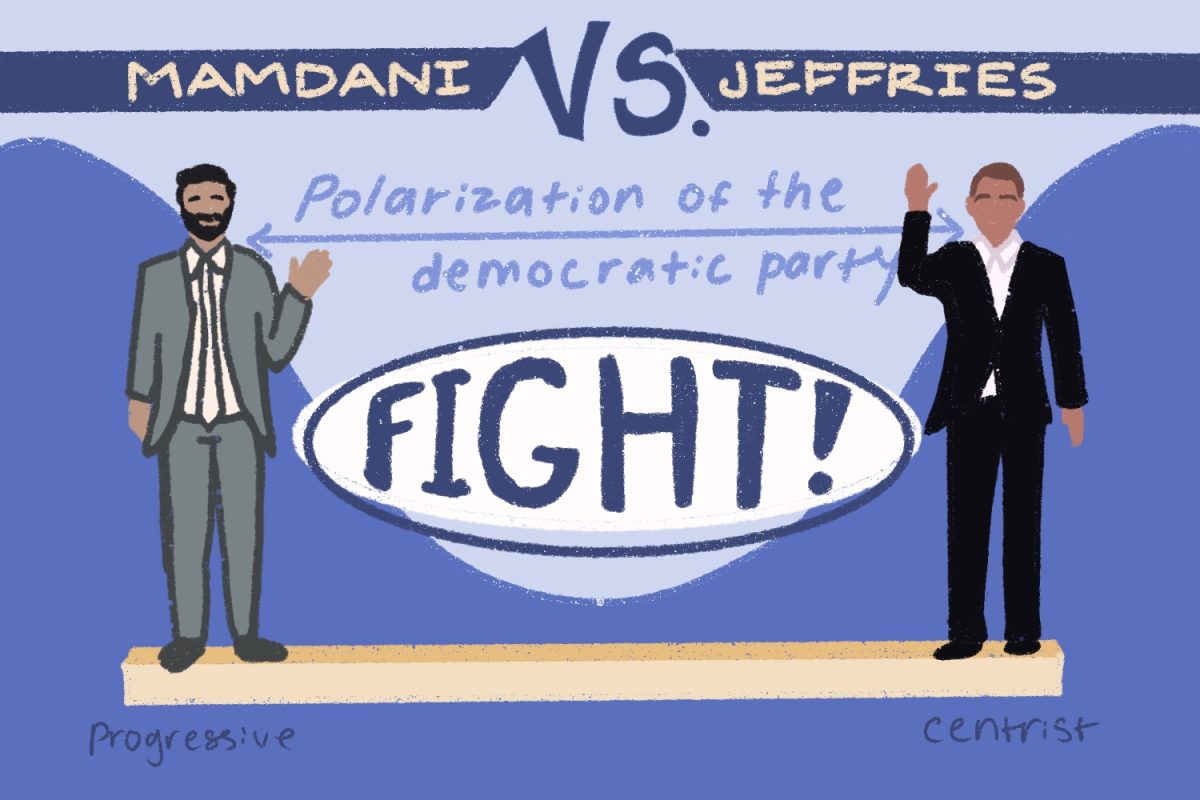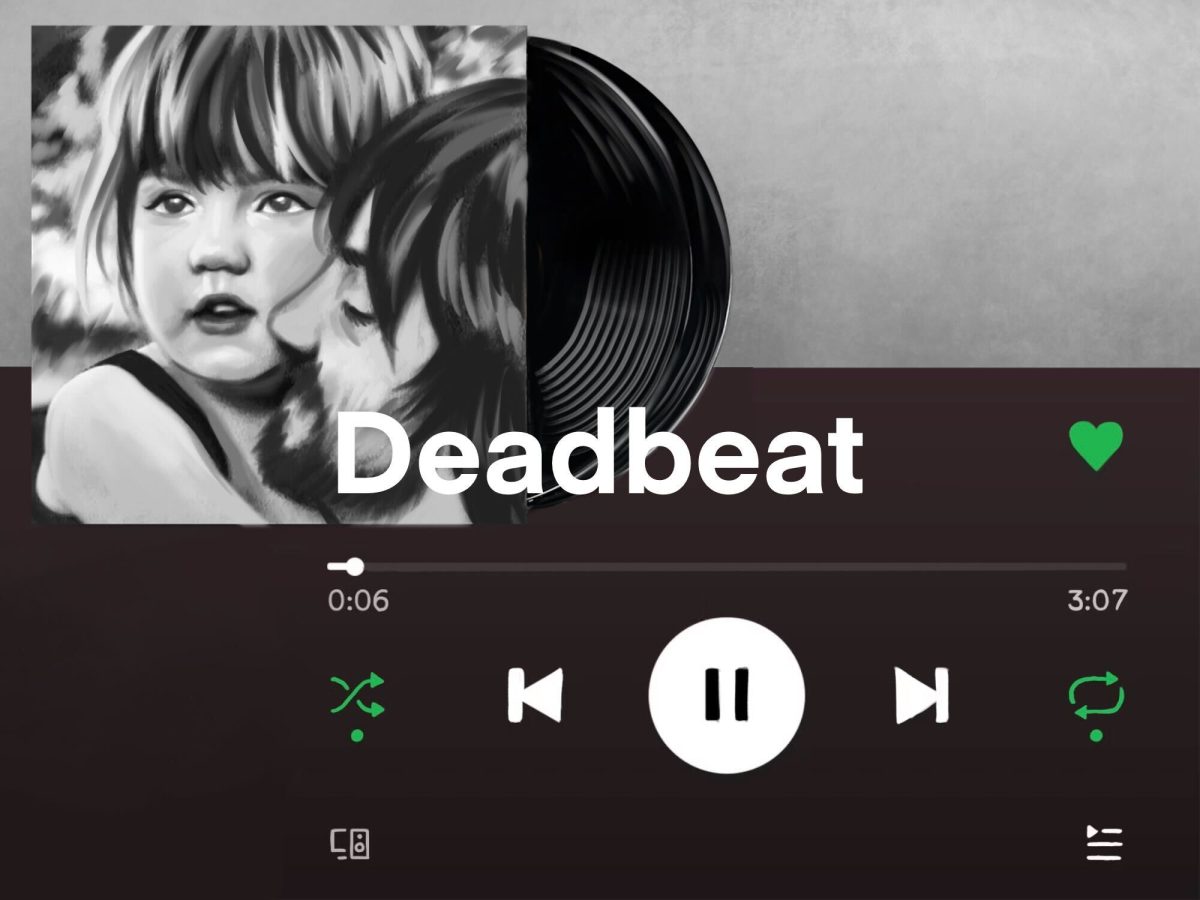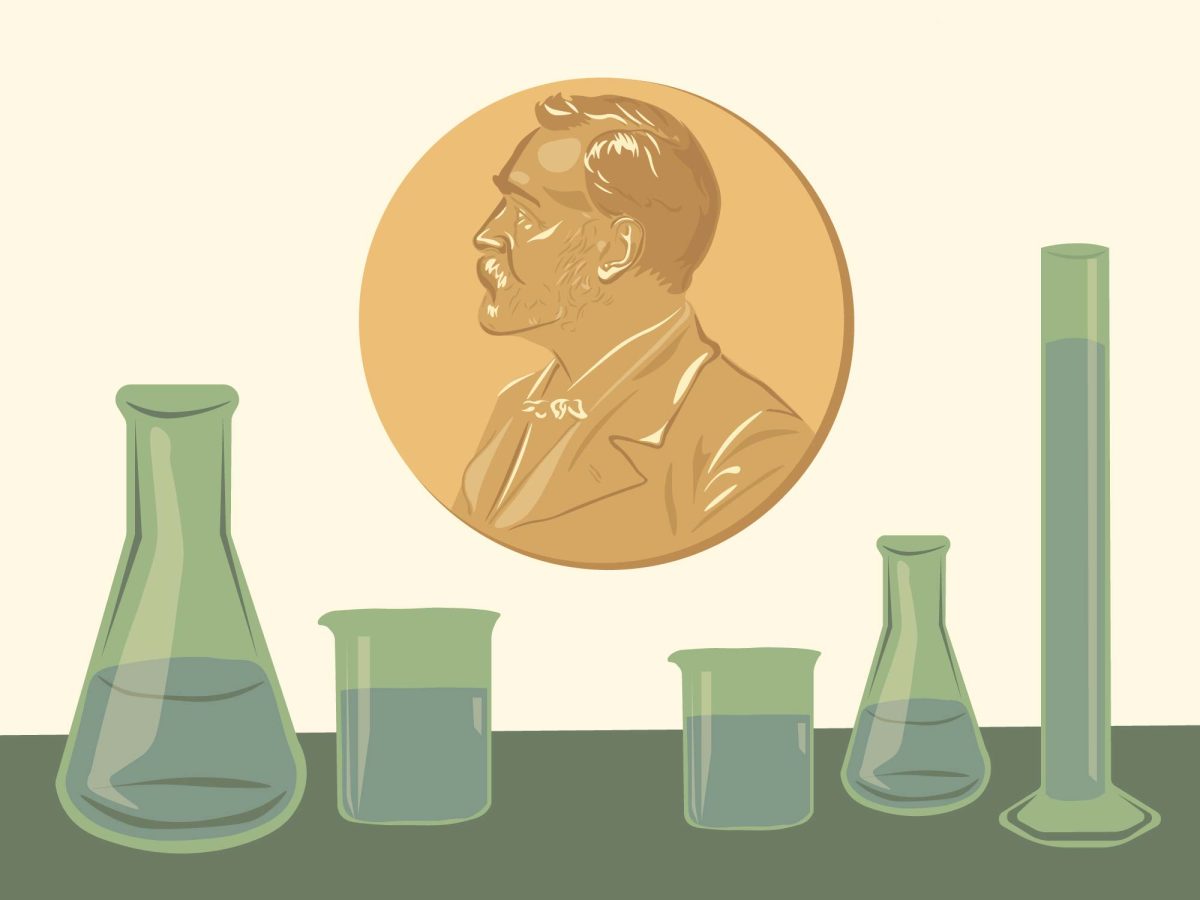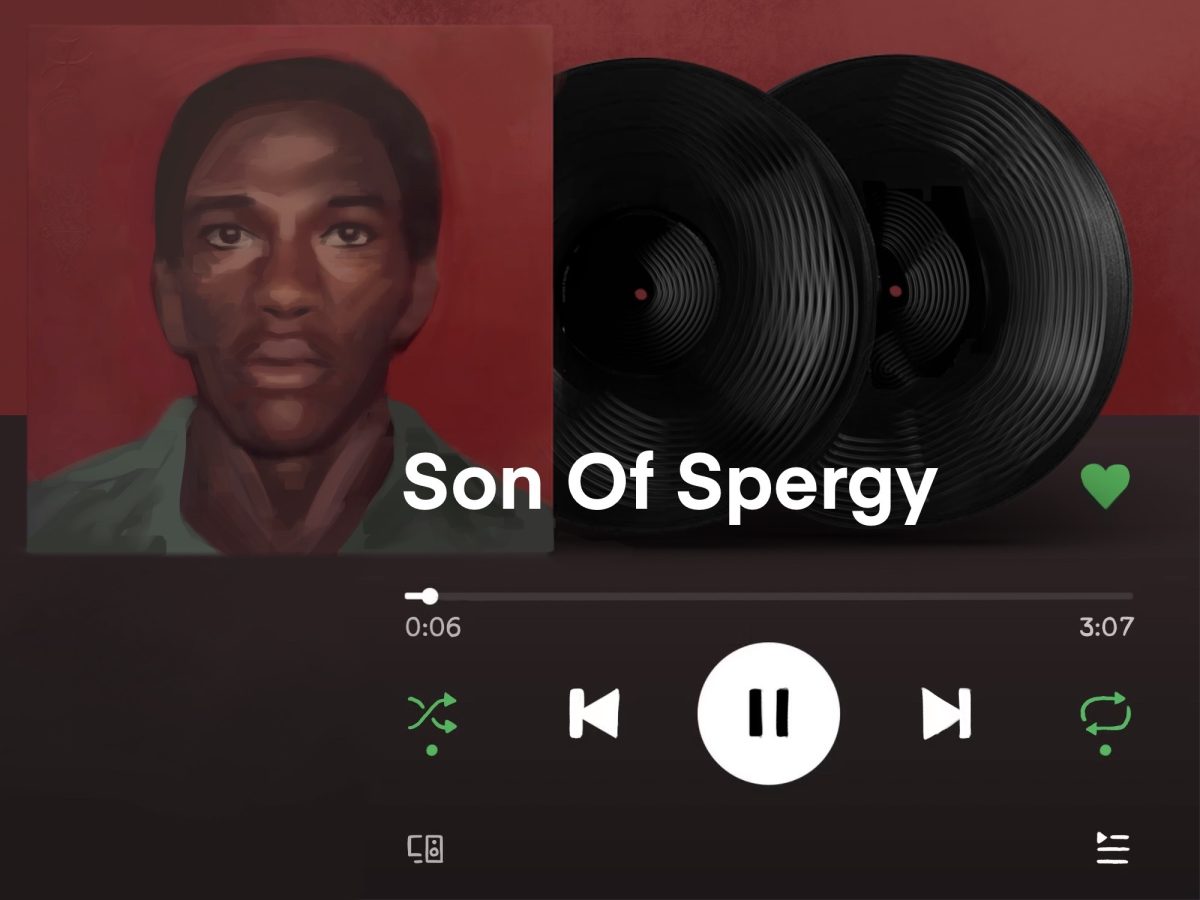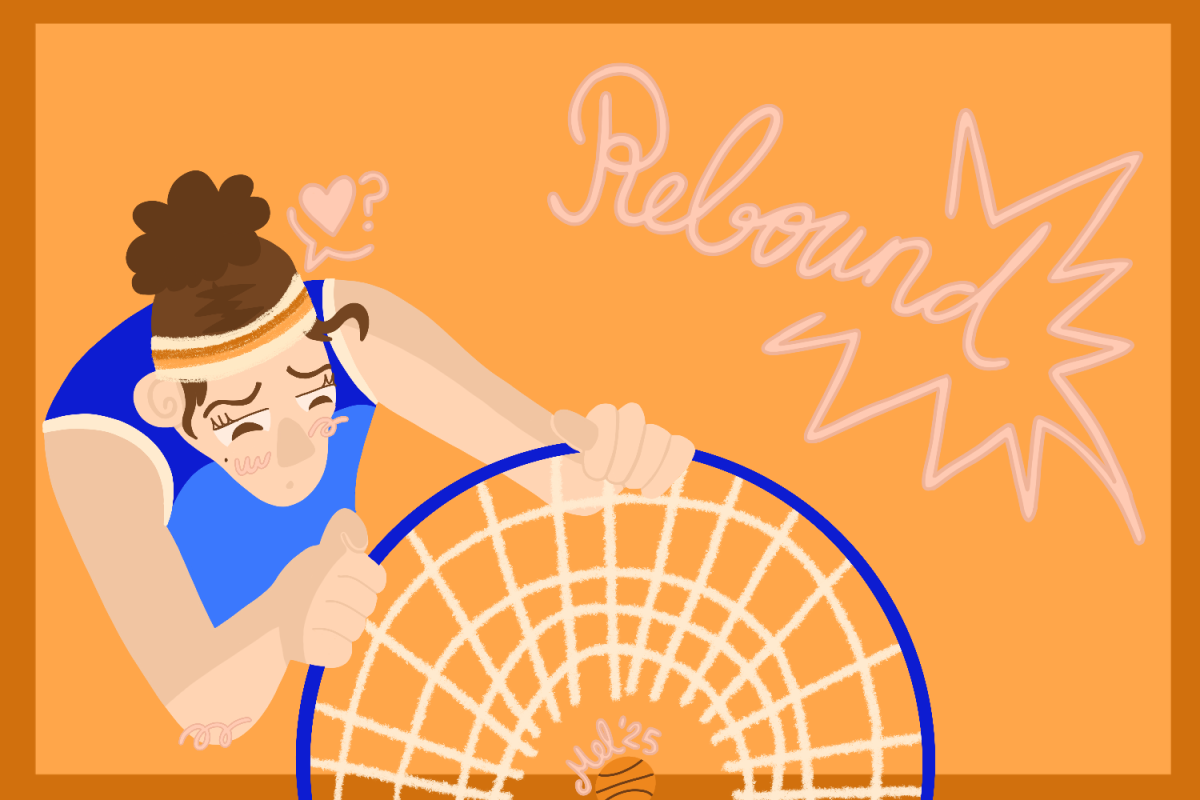For Boston University, the men’s hockey season came to an early and abrupt ending two weeks ago, marking the second straight year the Terriers’ season came to a halt before the start of the NCAA tournament – disappointing for a program that hadn’t whiffed in such fashion since Ronald Reagan was in office.
The issues plaguing this year’s team were plentiful –– inconsistent effort, youth and inexperience, lack of power-play production, just to name a few.
The question, then, for BU coach Jack Parker and his staff, is how to mend the sails and right the ship to ensure some more boat-burning experiences in the future.
“That’s something we have to look at in who we recruit, what kinds of kids they are,” Parker said.
Heading into the 2010-11 season, the Terriers –– thanks in colossal part to the 2009 national championship squad –– skated into the season with one of the country’s most heralded recruiting classes.
Charlie Coyle shot up draft boards last summer during workouts at the NHL’s Scouting Combine, and came to Commonwealth Avenue already a first-round draft selection of the San Jose Sharks. Joining him was Adam Clendening –– a potential first-round pick in this summer’s upcoming draft –– Matt Nieto, Sahir Gill, Garrett Noonan and Yasin Cissé.
The collection of raw ability gave the Terriers the potential to overcome its youth on talent alone and challenge for an NCAA tournament appearance.
That, of course, is not what happened. The Terriers carried just two seniors, backup goalie Adam Kraus and captain Joe Pereira, and suffered from many of the side effects expected of a young squad.
It’s not as if Kraus and Pereira were alone in their recruiting class. In fact, seven players joined the Terriers in 2007. Among them: current professionals and early departures Kevin Shattenkirk, Colby Cohen, Colin Wilson and Nick Bonino.
Terrier Nation can dream on what BU might’ve done with those four players bolstering the team this season, but as Parker has learned, in today’s NCAA, that’s not going to happen anymore. Not with the way he had been recruiting.
Take, for instance, Merrimack College, which finished fourth in Hockey East backed by players averaging 22.04 years of age, and not a single teenager among them.
By comparison, BU’s lineup averaged 20.67 years old, and featured five players still shy of their 20th birthdays.
“It’s one thing when we have an 18-year-old freshman and they have a 21-year-old freshman,” Parker said. “That’s happened a lot. The problem is, they turn out to be 24-year-old seniors, and our freshman guys don’t wind up to be 21-year-old seniors. They’re already gone. So we’re always playing with 18-year-olds against 24-year-olds now.”
Therein lies the challenge for Parker and the Terriers: striking a new, previously unneeded balance between not just recruiting the best players, but recruiting the best players who might contribute for four full years.
“You’re not going to not take Nieto,” Parker said. “You’re not going to not take Charlie Coyle. You’re not going to not take Adam Clendening. You’re not going to not take Colin Wilson or Nick Bonino. You’re not going to not take Kevin Shattenkirk just because you’re only going to get two years or whatever. That’s the chance you take. I think what we have to do is get a bit of a better mix of that.”
Over the past two years, BU has had numerous players enter the season already leaning toward signing a pro contract as soon as the season ended. Shattenkirk, Colby Cohen and Bonino –– not to mention seniors Eric Gryba and Zach Cohen –– did it last year, and Warsofsky did it this year.
“If they do have one foot out the door, it kills you,” Parker said. “When you start worrying about what’s happening in the future, you’re not here. I think that happens a lot. These kids have an awful lot of voices talking to them, and not just my kids –– everywhere.”
The challenge for BU is finding the balance between highly touted up-and-comers like Wilson and Coyle and players like Chris Connolly, who has been a contributor since arriving as a 21-year-old freshman and will return next year as the team’s lone 24-year-old senior.
Finding players with the right balance of talent, maturation and –– oddly enough –– a lack of legitimate NHL aspirations is the key to competing in the rapidly changing college game.
“Like I said, am I not going to recruit the next Kevin Shattenkirk because he didn’t have a great junior year?” Parker said. “I’d take him tomorrow.
“It’s not like we made a lot of mistakes with these recruits. I do think we have to look at the age situation and the physical aspect of it. We need more of a physical presence on the ice, and we need guys who are in it for 60 minutes that hate to lose.
“That’s something, we have some guys here who that’s not part of their makeup. It’s one thing to want to win, but it’s the guys who hate to lose that actually win. I think that’s something we have to look hard at when we’re recruiting that way.”



